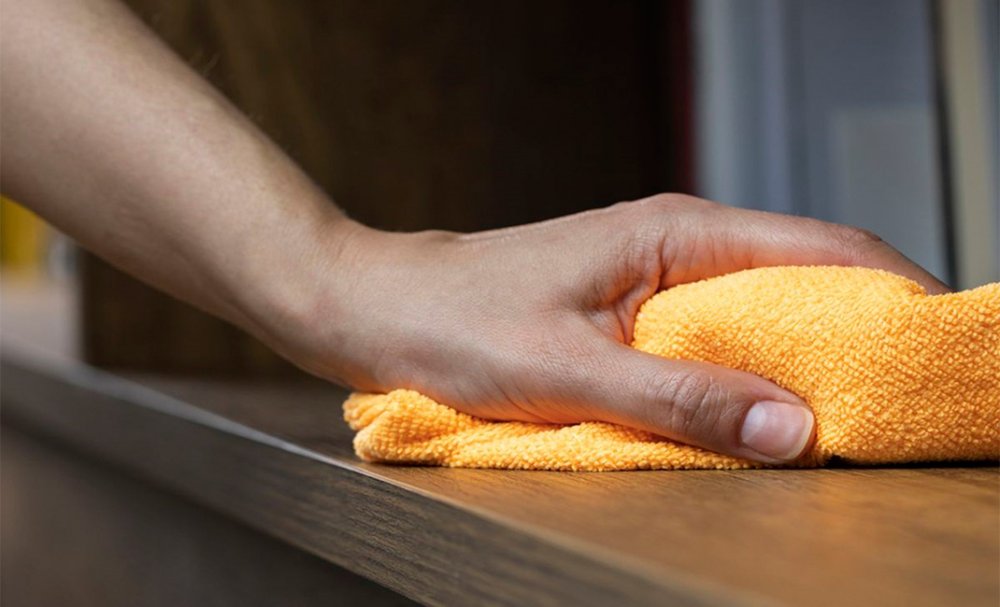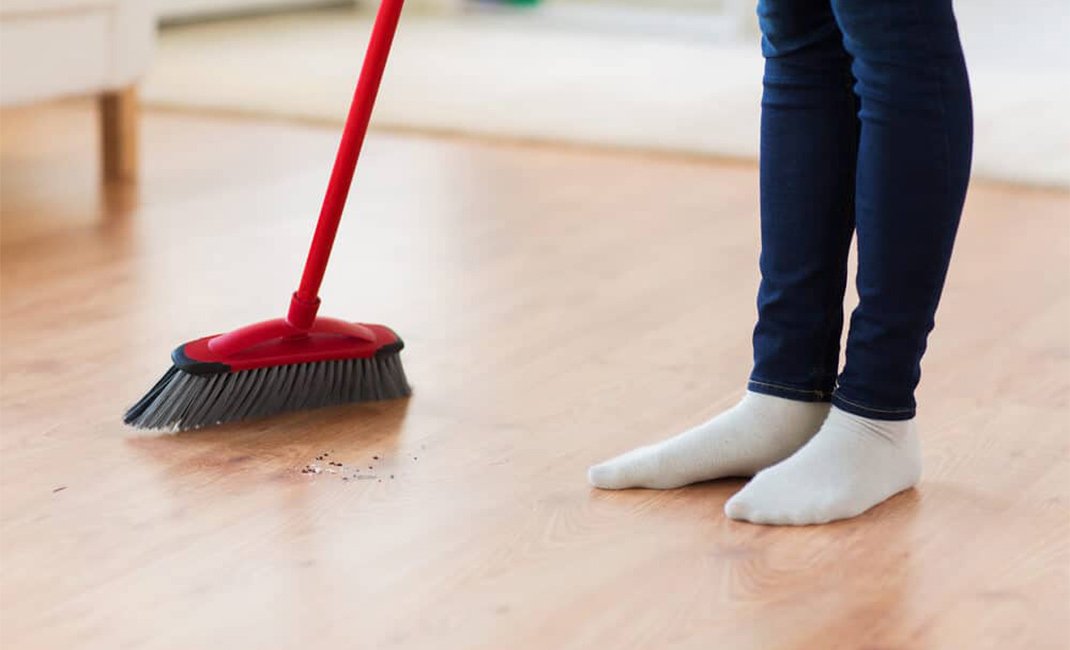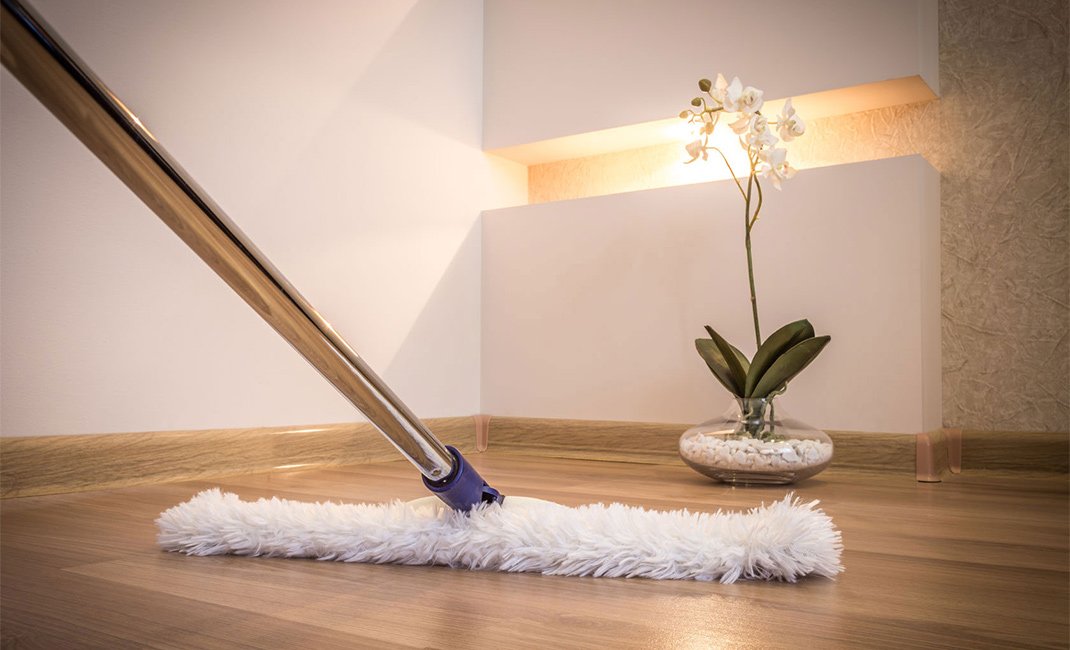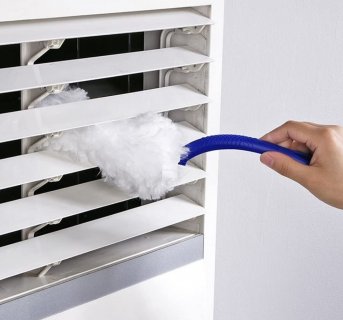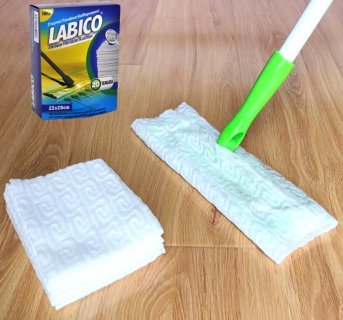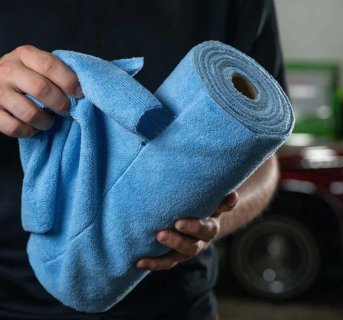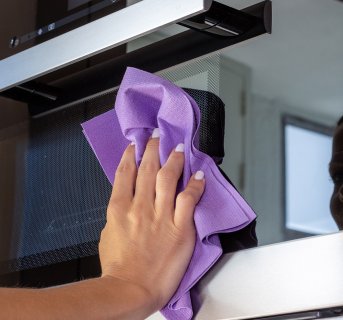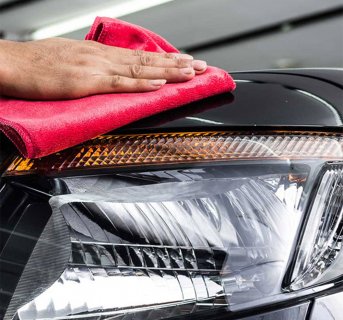Fortunately, dusting is not a difficult chore, if you stay on top of it. It is a little rewarding to see things that were previously covered in a layer of dust, nice and shiny again. With the right techniques, tools, and tips on a few hot spots to pay attention to, you can keep all that dust in check, and your house healthy and shiny!
Tools: Use tools that will grab the dust, not push it around. A feather duster may be fun to use or look fancy but for serious dusting, use a microfiber cloth. Microfiber cloths literally grab dust, are super absorbent, streak-free, and don’t leave lint or dust behind. A bottle filled with half white vinegar, half water can be sprayed on a microfiber cloth, or you can use your favorite multipurpose spray or furniture polish, whichever is appropriate for the surface.
Dust in the right direction: When dusting a room, start with the highest items and work your around the room and down to the lowest, moving in a spiral. Then vacuum. Since dust falls downward, working in this pattern will keep dust from landing on an already cleaned area.
Electronics: Computers, TVs, DVD players, stereo equipment, and printers are notorious dust magnets. Always unplug the equipment before cleaning. A gentle swipe with a microfiber cloth usually does the job, while a soft brush (like an old toothbrush or paintbrush) will remove dust from crevices. Be sure to vacuum dust from around cords and vents to keep devices from getting clogged and overheating.
Delicate Items: For all those little baubles, trinkets, and other intricate items, where dust can get trapped, lightly mist a clean natural-bristle paint or makeup brush, then wipe with a microfiber cloth.
Walls, Door Frames, Ceilings, and Baseboards: All of these areas can hold an amazing amount of dust if you don’t dust them on a regular basis. Use a clean dry mop, or place a microfiber cloth over the bristles of a broom and secure with a rubber band to dust areas that you can’t reach. No bending down, to dust baseboard and is also a great way to access hard-to-reach areas like behind furniture.
Behind stove and refrigerator: If you have ever pulled out your stove and refrigerator, then you know the number of crumbs, grease, and other debris that accumulate can be staggering. If possible, move the appliance out from the wall and unplug it. Vacuum to remove as much dust as you can from the back and underneath the appliance, then wipe the floor and walls with hot soapy water. This will not only keep your appliances working better and longer, but you will also be eliminating a food source for insects and other pests.
Drapes, Curtains, and Blinds: If these are ignored, they can hold a lot of dust. Be sure to dust or vacuum both sides of your curtains on a weekly basis, to keep the build-up to a minimum. Taking them down and shaking them outside helps remove a lot of the buildup too. Have them cleaned or laundered once a year. For blinds, close completely and dust horizontally starting at the top of each blind and working your way down using an ostrich feather duster. Reverse blinds, and repeat process.
Upholstered Furniture: Remove pillows and cushions and vacuum regularly using the upholstery tool and the crevice tool for corners and edges.
Ceiling fans and light fixtures: Slide an old pillowcase over a ceiling fan’s blade then pull the fabric back, keeping all the dust and dirt contained. For lighting fixtures, turn them off, then dust the exterior using a microfiber cloth, or use a long handle that you can remove the cover and machine wash.
Vents and Furnace: Use your vacuum with the brush attachment to suck up the dust in the bathroom vent. Have your home’s furnace maintained professionally at least once a year and ducts about every 5 years.
(www.labico.gr)

